The Mac Pro is expensive, and polarizing, there's no doubt. But it precisely hit what and who Apple was aiming for, and is in no way a sign that Apple has lost its way.
Editor's note: We ran this editorial in the hours after the Mac Pro was announced. It has been several months, and it is just as relevant today, the day the Mac Pro goes on sale, as it was then.
iMac Pro, again
When the iMac Pro launched two years ago, it met or beat Windows workstation pricing for identical hardware. And, right now, the Mac Pro at the low end, at least, looks to be about the same — but, admittedly, it is a hard compare to hit it identically.
0
If you say that there are no workstations that cost this much on the Windows side, you're vastly mistaken. Go ahead and hit the custom hardware configurators from Dell, Lenovo, or other workstation manufacturers. See what you build.
But, be sure when you build, and before you complain about the Mac Pro's cost, that you're comparing like with like, as closely as you can. Select the high-end AMD cards, try to get four Thunderbolt 3 ports, make sure you're picking Xeon W processors with similar cache, and a machine that can handle up to 2TB of RAM.
If you're comparing a Core i9 to the Xeon W chips in the Mac Pro and complaining about the cost because the i9 works better for you, then you are not the target market for the new Mac Pro. That's okay, though — because, frankly, the new Mac Pro isn't for most of the AppleInsider staff either.
The only thing here that's an off-the-shelf component in this machine, with only a driver for macOS is the (very, very expensive) Xeon processor and the RAM. Everything else is custom, everything else is designed from Apple from the ground-up.
That motherboard, there's nothing like it. The reason behind the "modular" remarks for two years, the MPX module with two PCI-E connectors that feeds the Vega II Duo card, there's nothing like it.
This isn't a $400 i9 processor jammed in a machine with a plain-as-day Northbridge, a few PCI-E slots, and a couple of I/O options. This is a $1500-and-up processor by itself, coupled with other components running into the thousands each, all aimed at a very specific, very demanding, market.
Similarly, the Apple Pro Display XDR isn't a replacement for the Thunderbolt display from earlier this decade. That niche is filled by third parties now. The new display is a replacement for reference displays that are similarly priced — or much more expensive.
That said, we think that the $999 stand is more amusing than anything else — and we knew from the get-go that this display isn't intended for us, and neither is the stand.
And, most of these machines will have big-time support contracts associated with them.
Incoming communications
Our phones and email boxes started blowing up minutes after the announcement of the Mac Pro, with deeply polarized messages. For every "this is awful, and Tim Cook must be fired" we had an equivalent "this is amazing, why hasn't Apple done this before."
Following up a little on some of the comments, the former group calling for Cook's head are from people who want something that the new Mac Pro isn't and never was. They want the fabled xMac of lore and rumor, an inexpensive tower with design lineage from the lower-end of the G3 and G4 plastic tower models, or even something like the $2,499 four-core 2.66GHz Mac Pro from 2006.
The latter group of folks contacting us are film industry people and the like, who need the big iron. In less than 24 hours, we've heard from the Department of Defense, NASA, animators, game developers, scientists from all fields, the energy industry, music studio engineers, radio station staff, and so many more saying that this machine is absolutely perfect for them.
On a smaller scale, we're getting contacted by small design studios, who need one and will nurse it for five years or more, spreading what will likely be a $10,000 purchase into effectively $6 to $10 a day.
They are all asking us who can they throw money at now, today, to get one. This is the target market for the new Mac Pro.
The "Pro" debacle
I said over a year ago that the Mac Pro was going to be a very good and very expensive computer. I also said that it would be the computer that it wanted to make. It is all these things. I'm glad I was wrong about what "modular" meant, though.
In that conversation, and other continuing ones, there remains a lot of debate about "Pro" and what it means as a whole. AppleInsider has a lot of self-described "Pro" users, and we aren't going to contest that because we have a pretty good handle on who most of you are based on what you've explicitly told us.
But, what we are going to contest is that there is one, true definition of "Pro" beyond "makes money with Apple hardware." All Apple has ever meant with the "Pro" name is that whatever gets the label isn't on the lower end of the product line.
The Mac Pro is absolutely a "Pro" machine. It is also absolutely not for everybody, and absolutely not aimed at the same markets that the lower-end of the G4 tower or lower-end Mac Pro towers were.
Not needing the power it brings to the table doesn't make you not a Pro. Similarly, saying that you're a Pro and you don't need it, doesn't mean that it's doomed to failure.
Apple didn't set out to make that xMac with Core i3, i5, i7, and i9 options, and just miss that target with the Mac Pro. While we won't argue that the xMac concept would be nice for us, and probably most of the AppleInsider audience, Apple set out to put the most processing power in the chassis they could, and they hit that target.
It is aimed precisely at who the $9,900 Mac IIfx was targeted back in the day, who $6199 Xserve hardware was tailored for, and who the $3299 G5 quad-core in 2005 was sold to.
The new Mac Pro is total overkill for us in every regard, and probably not for practical for you either — and that's okay. The new Mac Pro is intentionally the biggest, and beefiest computer that Apple has made since that IIfx, and that's a good thing overall.
This is the computer that Phil Schiller should have saved the "can't innovate anymore, my ass" line for.
 Mike Wuerthele
Mike Wuerthele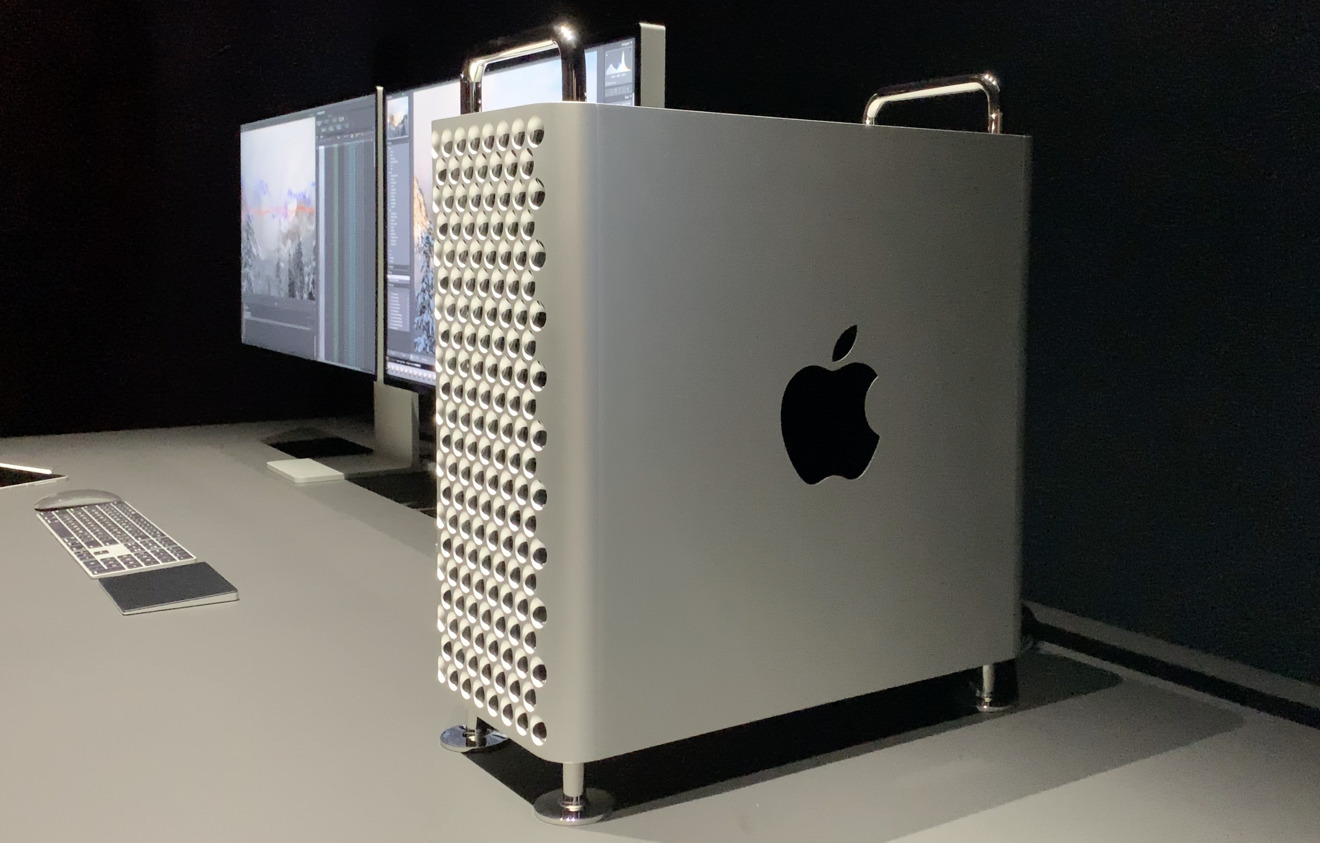

-m.jpg)






 William Gallagher
William Gallagher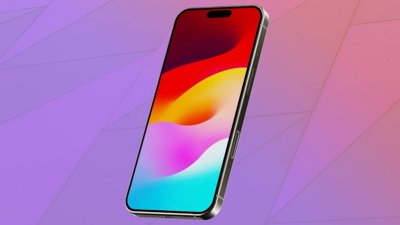
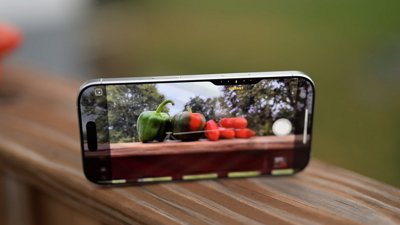
 Andrew O'Hara
Andrew O'Hara
 Wesley Hilliard
Wesley Hilliard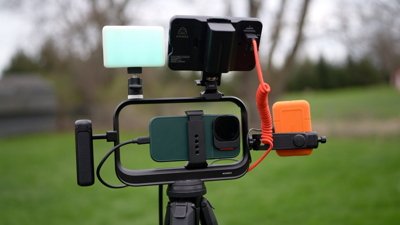
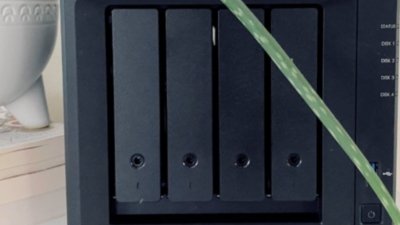
 Malcolm Owen
Malcolm Owen
 Marko Zivkovic
Marko Zivkovic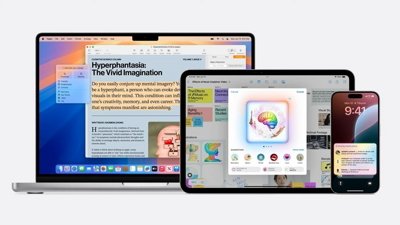
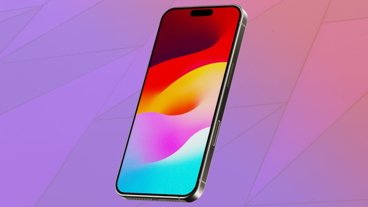
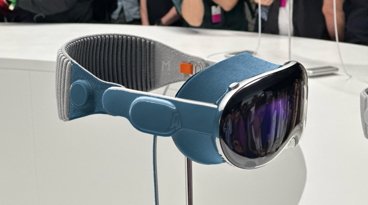
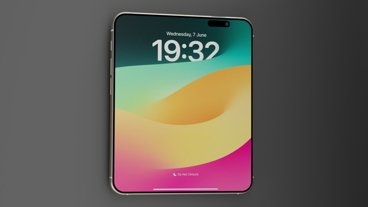


-m.jpg)




88 Comments
Fair and balanced article.
When you actually have the most kick-ass computer, you don't have to say, "Can't innovate my ass".
10 years ago, it made sense to buy a Mac Pro for use with software like Adobe Photoshop. These days, that's not really a high-end software use anymore. Photoshop can easily be handled by a standard iMac. I think people who complain about what the 2019 version of the Mac Pro represents don't really understand just how much more powerful hardware is today vs. 10 years ago. The 'Pro' end for desktop is MUCH more specialized than it used to be. Only the heaviest of heavy lifting through software requires 'Pro' models anymore.
This is Apple's answer to professionals who need that much power. This amount of power was unavailable in a Mac... Anyone who needed what Apple didn't offer, moved to another system. The whining and complaining is par for the course as far as a new Apple computer being introduced. Is it for everyone? Of course not. Even a 27" iMac is more power than most people will need.
The most expensive part in this system is of course going to be the Intel Xeon processor. Not sure what 28-core model is used in this system, but Amazon is currently selling an Intel Xeon Platinum 28-core CPU for $15k !!!
The term “Pro” is a relative term. The Apple product line offers so much diversity and price points. This new Mac Pro is customizable which also allows price point diversity within jus this single product.